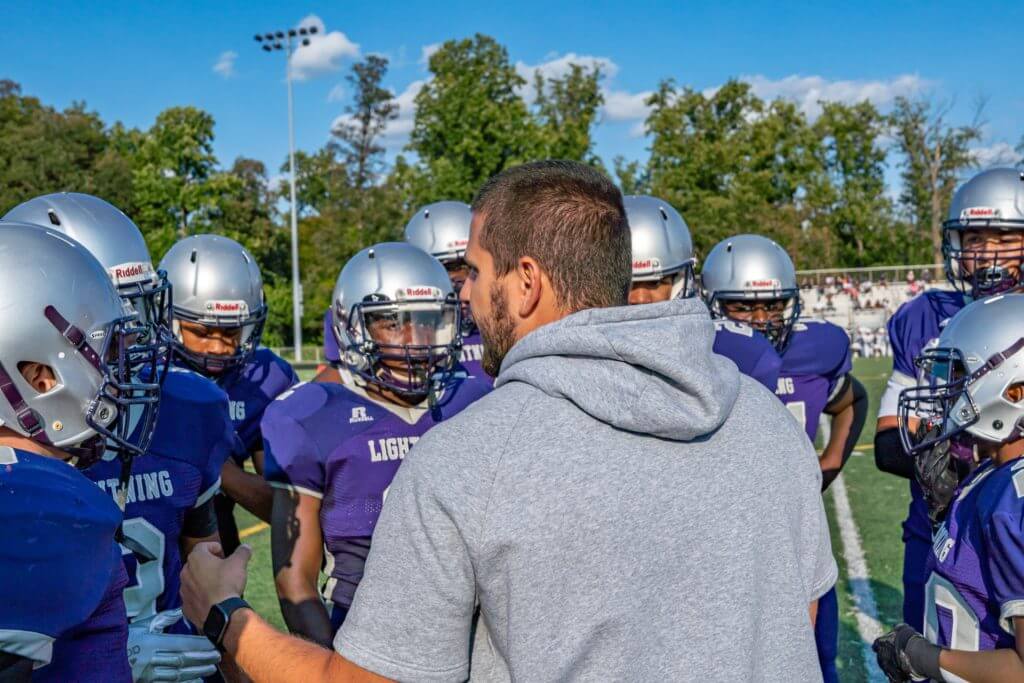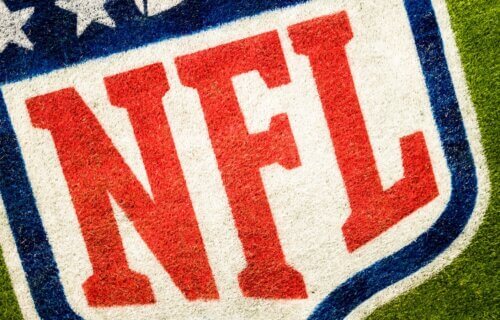AMES, Iowa — Two decades ago, the National Football League implemented the Rooney Rule, aiming to address racial disparities in top coaching roles. The rule mandates that teams interview at least one candidate of color for each head coaching vacancy. However, a recent study by a team from Iowa State University finds that addressing the racial gap requires focusing on the initial steps of the coaching ladder.
The NFL coaching hierarchy consists of a head coach assisted by three coordinators overseeing offense, defense, and special teams. These coordinators, in turn, manage position-specific coaches, some of whom have their own assistants.
“To become a head coach, individuals need to move through the ranks,” says study co-author Andreas Schwab, associate professor of entrepreneurship at Iowa State, in a university release. “This paper shows that where you start in the hierarchy of coaching matters because the likelihood that coaches in that position get promoted to the next level differs.”
A significant finding of the study was that 79 percent of promotions to head coach arose from coordinator roles. While there was no discernible racial bias in promotions from coordinator to head coach, White coaches had twice the chance of being elevated from a lower-tier role to a coordinator post.
“The lower level feeds the top,” notes Schwab. “If bias is embedded in the entire process, then it’s difficult to get the most capable candidates into the pool for the top position.”

The research, which dissected the career trajectories of over 1,300 NFL coaches across all 32 teams from 1985 to 2015, took various factors into consideration. They compared coaches based on factors like team performance during potential promotion periods, specific offensive or defensive results, and 52 distinct coaching metrics. External factors, like having relatives in the NFL or having been part of a Super Bowl-contending team, were also accounted for.
Despite these thorough analyses, the results pointed to a continuing racial bias in both the recruitment and elevation of coaches in the lower hierarchy.
“These data analyses show where biases are hiding, and once we know that, we can think about interventions and measure their effectiveness,” explains Schwab.
He emphasized that rectifying these biases isn’t straightforward and that any strategy implemented would require adequate time to manifest results.
The implications of this study extend beyond the gridiron. The NFL, with its transparent hiring processes and abundant objective performance data, offers a remarkable setting to probe bias within organizations. In contrast, other industries, lacking comprehensive data and leaning on more subjective performance measures, can’t as easily analyze career biases, even if they exist.
Schwab believes that such biases are “just as relevant in other organizations.”
“Beyond providing entertainment, the NFL can help us as a society to better understand and manage employee hiring and promotion processes,” Schwab adds.
The study is published in the American Journal of Sociology.
You might also be interested in:
- Best Resume Builders: Top 5 Job Application Aids, Most Recommended By Experts
- Best Questions To Ask An Interviewer: 5 Ways To Impress Hiring Managers, According To Experts
- Best NFL Coaches: Top 5 Team Leaders, According To Sports Fans

